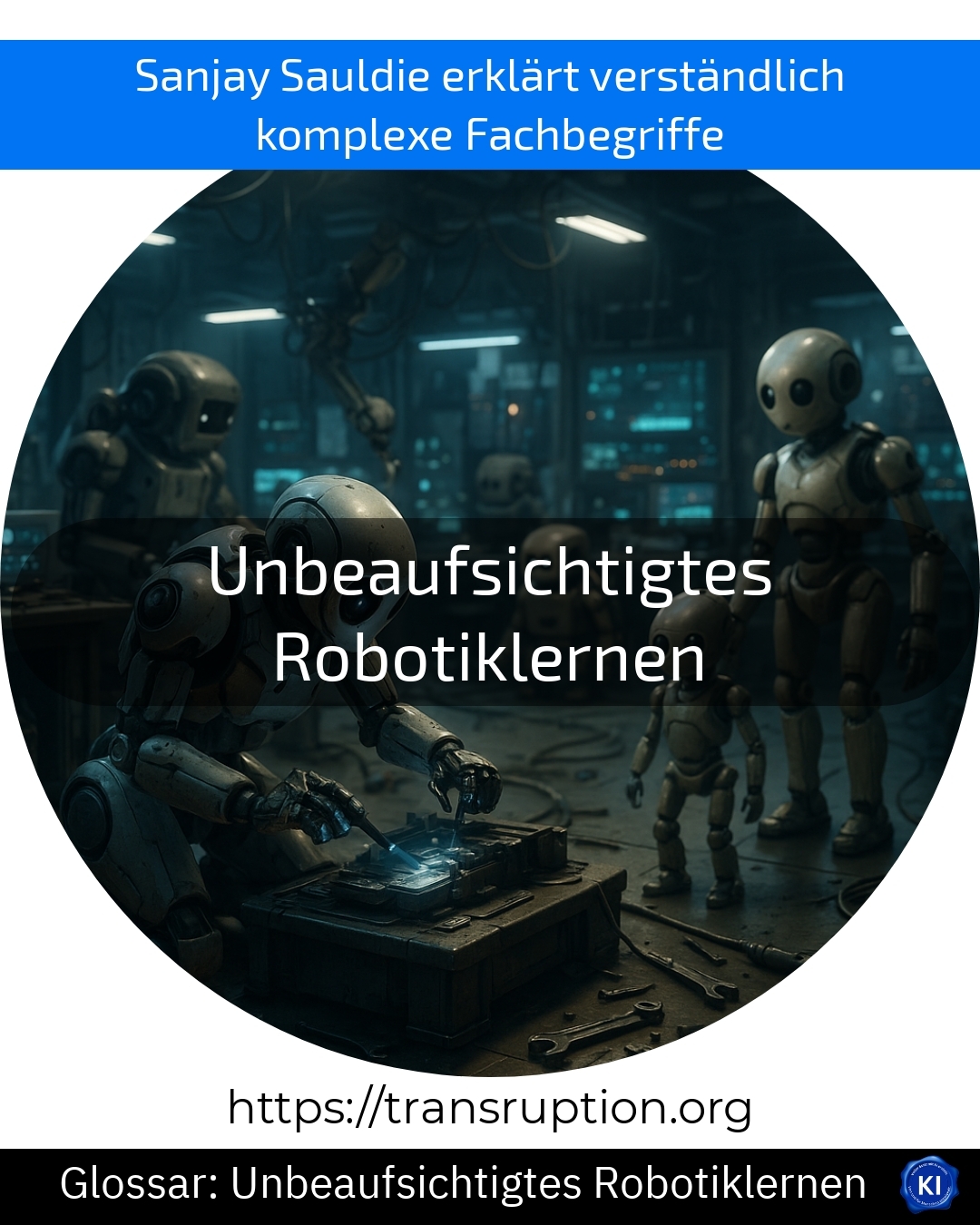Unsupervised robotic learning belongs to the fields of artificial intelligence, automation and robots. It describes a method in which robots learn new tasks or behaviours independently, without direct human guidance. This means that robots independently try out what works and what doesn't - similar to how children learn by trial and error.
The robot is not given a fixed programme, but gathers its own experience and draws conclusions from it. It memorises successful attempts and avoids mistakes in the future. As a result, the robot gets better and better at its tasks over time.
An illustrative example: a cleaning robot is supposed to clean a flat independently, but does not know the floor plan. Through unsupervised robotics learning, the robot travels through the rooms, bumping into furniture or walls, but memorises successful paths and obstacles. After a few runs, it knows how to clean all the rooms efficiently and without bumping into anything - without any human assistance.
Unsupervised robotic learning is therefore an important step towards autonomous robots that can react flexibly and intelligently to their environment. This will bring great benefits to industry and everyday life.















